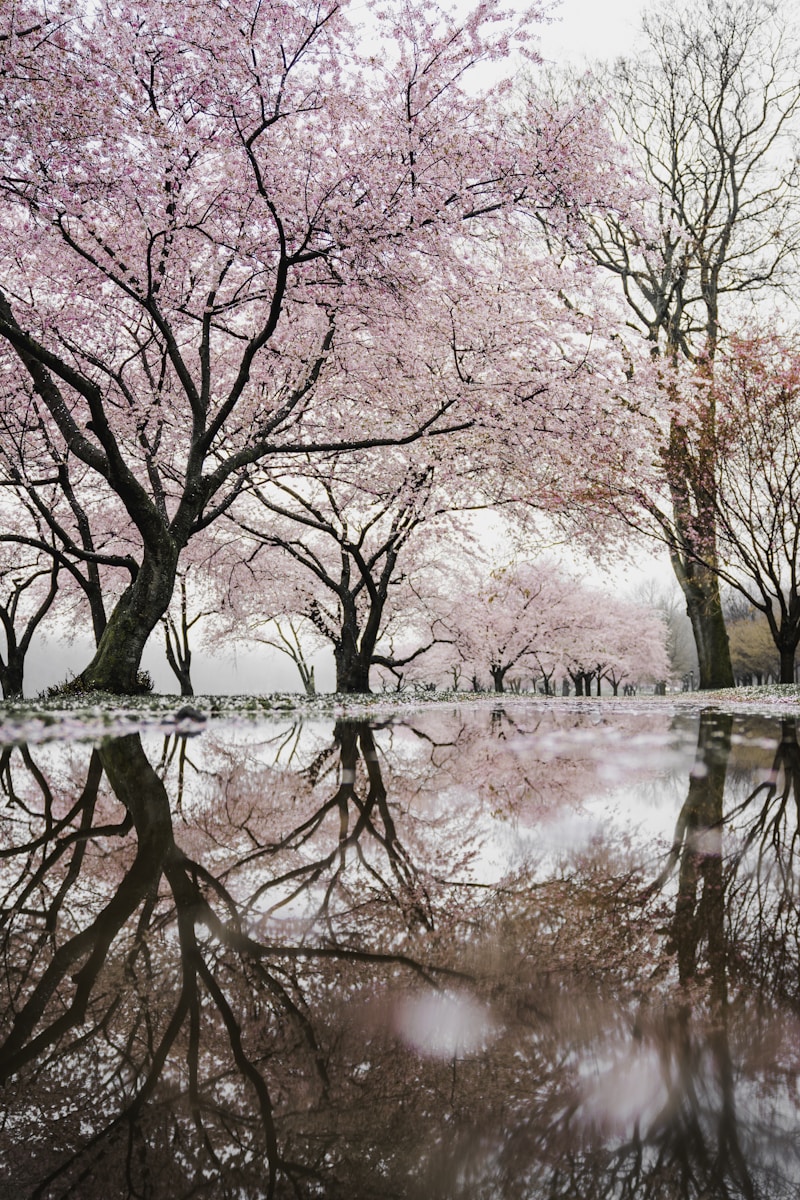Seasonal Considerations for Wedding Dress Fabrics: Choosing the Perfect Material for Your Big Day
When it comes to planning a wedding, one of the most significant decisions you'll make is choosing the perfect wedding dress. Among the myriad of choices, selecting the right fabric is crucial. This decision impacts not only the aesthetic of the dress but also its comfort and practicality, especially considering the season of your wedding. In this article, we’ll explore the seasonal considerations for wedding dress fabrics, helping you make an informed choice that aligns with your vision for your special day.
The Importance of Fabric Choice in Wedding Dresses
The fabric you choose for your wedding dress influences more than just the look. Different fabrics come with varying degrees of breathability, weight, durability, and drape. Understanding the characteristics of each fabric type will help you determine which is best suited for the season in which you are getting married.
Understanding Seasonal Fabrics
Different seasons call for different fabrics. Let’s delve into what materials are best suited for each time of year.
| Season | Recommended Fabrics | Reasons |
| Spring | Chiffon, Tulle, Organza | Lightweight and breathable, perfect for unpredictable weather. |
| Summer | Linen, Cotton, Lightweight Silk | Cool and comfortable, ideal for warm temperatures. |
| Fall | Satin, Mikado, Velvet | Rich textures and heavier fabrics complement the autumn aesthetic. |
| Winter | Taffeta, Brocade, Heavier Silk | Insulating and luxurious, suitable for colder climates. |
Spring Weddings: Embrace Lightness
Spring is a magical time for weddings, characterized by blooming flowers and mild weather. Fabrics such as chiffon, tulle, and organza are ideal for this season because they are lightweight and offer excellent breathability. They create a flowing silhouette that gracefully captures the essence of spring and allows for ease of movement.
Chiffon, for instance, drapes beautifully and can create stunning layers for added volume without weighing you down, making it perfect for an outdoor garden wedding. Tulle can add a playful touch with its ethereal quality, while organza provides a slight structure that can enhance architectural designs in a dress.

Summer Weddings: Staying Cool
Summer weddings can be both breathtaking and challenging due to the heat. Choosing the right fabric is essential for comfort on your big day. Fabrics such as linen, cotton, and lightweight silk are wonderful choices. These fabrics are not only breathable but also typically have lighter colors that reflect the sun, helping you stay cool.
Linen is known for its casual yet elegant appeal, making it suitable for beach or garden weddings. Cotton can be a versatile option that offers comfort while maintaining a beautiful look. Lightweight silk combines luxury with ease, ensuring that you don’t feel weighed down during your celebration.
Fall Weddings: Rich Textures
Fall brings rich colors and cozy vibes, and it’s the perfect time to experiment with heavier, textured fabrics. Satin, Mikado, and velvet are excellent choices for fall weddings. These materials add warmth and sophistication, fitting the seasonal mood perfectly.
Satin is known for its sheen and smooth texture, which can create a luxurious look while offering a flattering silhouette. Mikado, a blend of silk and nylon, provides structure and is ideal for more structured designs. Velvet can bring an opulent feel to your dress, especially for evening ceremonies when the temperatures start to drop.
Winter Weddings: The Warmth Factor
Winter weddings are often festive and romantic, but they come with their own set of challenges, chiefly the cold. Choosing fabrics that provide warmth and comfort is paramount. Taffeta, brocade, and heavier silks are splendid choices for winter brides.
Taffeta is a crisp and structured fabric that adds drama to any gown, while brocade features intricate designs woven into the fabric, giving a regal feel. Heavier silks not only provide warmth but also offer a lush, luxurious look that suits the elegance of winter weddings. It's essential to accessorize with layers, such as capes or boleros, to ensure your comfort throughout the event.
Additional Considerations for Fabric Selection
While seasonal considerations are paramount, other factors should also influence your fabric choice.
- Body Type: Different fabrics drape differently, and some may flatter certain body types more than others. Understanding how each fabric interacts with your body shape can help you choose a dress that highlights your best features.
- Theme and Venue: The fabric should complement the overall theme of your wedding and the venue. A bohemian beach wedding may call for flowy fabrics, while a traditional church wedding might suit more structured materials.
- Budget: High-quality fabrics can impact your dress's cost, so set a budget that accommodates your desired fabric without compromising on other essential aspects of your wedding.
Conclusion: Making the Right Fabric Choice
Choosing the right fabric for your wedding dress is a decision that carries weight. Considering the season of your wedding, the venue, your body type, and your budget will lead you toward the best choice for your gown. Remember, the aim is to feel beautiful and comfortable on your big day, and the right fabric plays a vital role in that experience.
As you embark on the journey of selecting your wedding dress, take the time to explore the available fabrics and how they align with your vision. Whether you choose the light and airy chiffon for a spring wedding or the rich velvet for a winter celebration, your decision will contribute to the unparalleled joy of your special day.
Ultimately, for those searching for the perfect wedding dress, considering seasonal fabrics ensures that you not only look stunning but also feel great throughout your celebration. Happy planning!